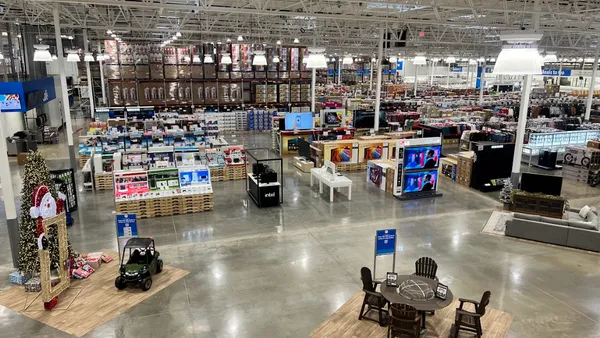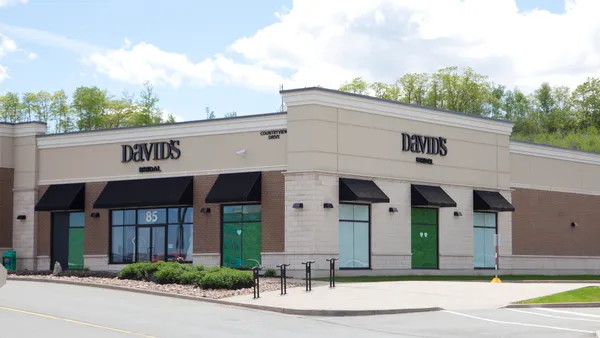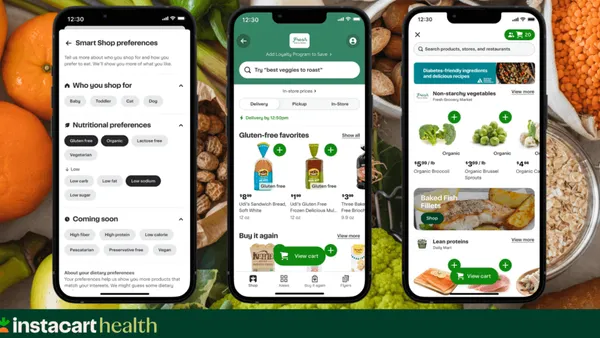Dive Brief:
- More than 4 in 5 consumers in the U.S. are receptive to personalized offers, but less than half say the tailored offers they receive are very relevant to their needs, according to a survey of more than 2,500 consumers by PYMNTS Intelligence and Amazon Web Services.
- Nearly a quarter of consumers rank personalization as an offer’s most important factor, the survey found. Among those who say companies are not properly tailoring offers to their needs, the share that ranks personalization as most important rises to a third.
- Better personalization can attract new customers, according to the survey. Millennials present the biggest opportunity; 2 in 5 say they are very likely to switch merchants for better personalization, followed by one-third of Gen Z and a quarter of Gen X.
Dive Insight:
Personalized offers are ubiquitous, with more than 7 in 10 consumers saying they’ve received a personalized offer in the last 30 days.
To stand out, companies need to make their offers truly relevant to the customer or risk losing them in a sea of uninspired calls to action.
The key to better personalization is better data, according to PYMNTS Intelligence and AWS. However, gathering and parsing this data is often easier said than done.
AWS and PYMNTS encourage businesses to implement tools that can comb through large volumes of data to identify patterns, preferences and behaviors to enable greater precision.
Companies need to ensure they are properly sharing this information across departments, according to Ben Schreiner, head of business innovation for small and medium businesses at AWS.
“Having a 360-degree view of the customer is sometimes very difficult for a company,” Schreiner said in an interview with CX Dive. “Sales isn't talking to the warehouse, the warehouse doesn't talk to customer support. All of these different groups that engage customers in some way, shape or form as part of the service or product delivery, but far too often that data is in silos.”
Consumers are more likely to switch merchants if a personalized offer is easy to act on, the survey found. Two-thirds of consumers say in general they prefer receiving offers via email, but beyond that, the definition of an “easy” offer differs between generations.
Younger consumers prefer personalized offers through texts, apps and social media, while older consumers still want to receive offers in the mail.
Consumers prefer to receive personalized offers across 1.7 channels on average. While there may be room for variety, businesses shouldn’t spam offers shoppers on every platform, according to AWS and PYMNTS.












